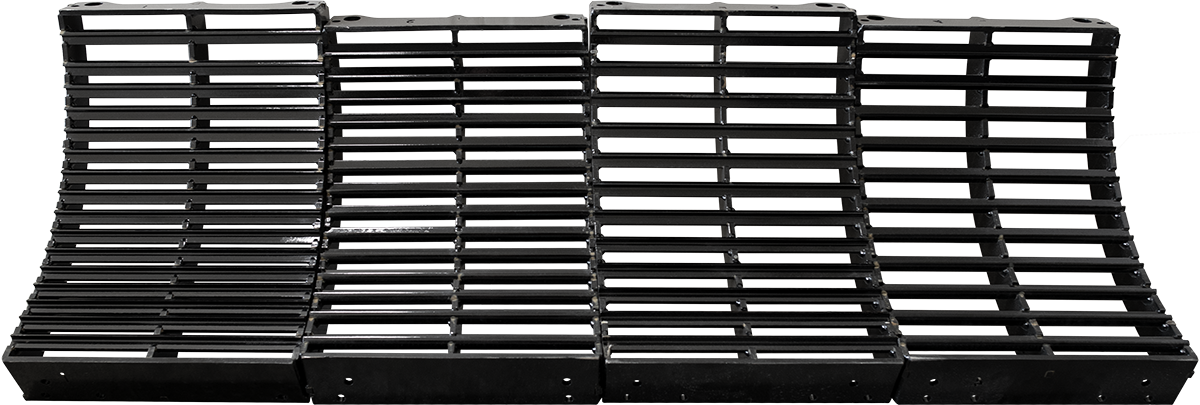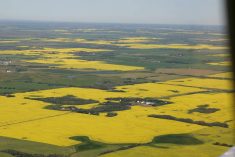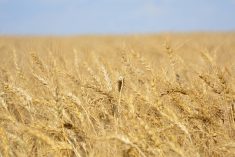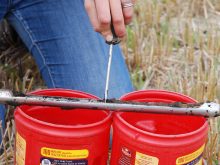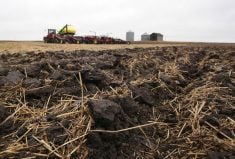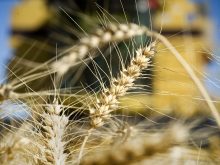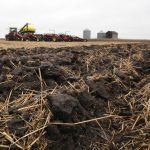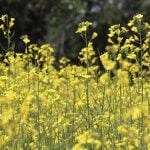LANIGAN, Sask. – If a cow comes by your house on Halloween, don’t bother reaching for the chocolate bars or caramel apples.
Just give it a cob of corn.
“They find this stuff just like candy,” said Bart Lardner, research co-ordinator at the Western Beef Development Centre’s Termuende research farm.
Standing in a windswept corn field on the farm near Lanigan, Lardner was describing the centre’s grazing corn trials to 100 curious cattle producers and 150 equally curious Black Angus cows, which watched warily from a safe distance.
Read Also
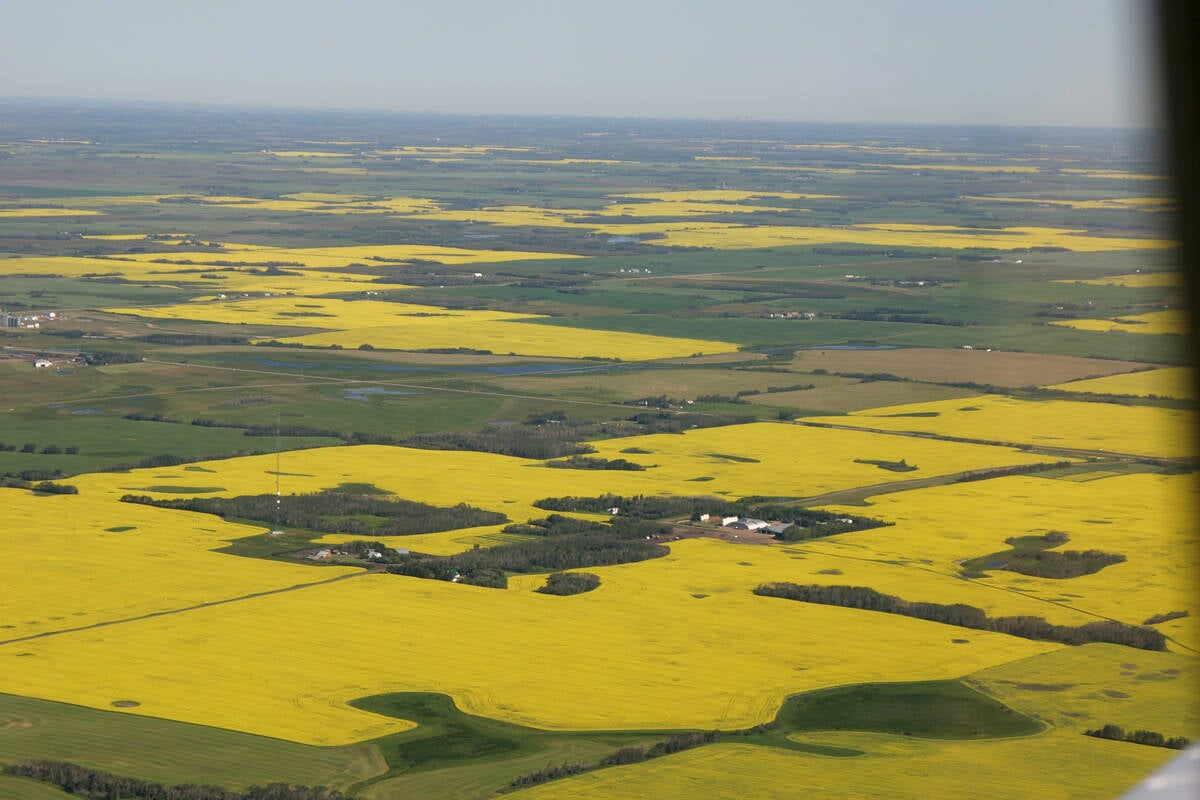
Increasing farmland prices blamed on investors
a major tax and financial services firm says investors are driving up the value of farmland, preventing young farmers from entering the business. Robert Andjelic said that is bullshit.
In an interview later, Lardner said cattle are puzzled when they are first turned loose on a field of corn.
“Cows have never seen standing corn and they don’t know what to do with it,” he said.
“But once they catch on, they really develop a taste for it.”
Using corn to extend the grazing season isn’t unheard of on the Prairies, but only recently has it become possible in areas like Lanigan in east-central Saskatchewan.
“The big thing now is that there are varieties that fit the heat units we have available here,” said Brian Zwaan of Prairie Seeds Inc.
Central Saskatchewan’s climate provides 2,000 to 2,200 corn heat units over the course of the growing season. A few years ago that pretty well ruled out corn production, but there are now at least a dozen new varieties of grazing-quality corn suitable for the region.
No one is predicting that the Saskatchewan farmscape is about to start resembling Illinois or Iowa, with corn tassles waving in the wind as far as the eye can see. But some in the industry are enthused about the possibilities.
“I could certainly see corn grazing acres equalling the number of barley swath grazing acres used on an annual basis,” Zwaan said.
He estimated that between 30 and 40 Saskatchewan producers graze cattle on about 500 acres of corn, and predicts it could climb to between 2,000 and 3,000 acres in the next couple of years.
Lardner said the jury is still out on how well adapted corn is to central Saskatchewan, but it’s always a good idea to check out alternatives.
“We encourage producers to look at the smorgasbord of perennial and annual crops that can be grown, and to use that in a balanced system, not rely on one species,” he said.
Corn grazing has a number of features that could make it an ideal part of a cattle producer’s management system.
It is a tall, strong plant and easier for cattle to reach in adverse winter weather conditions than cereal swaths or stockpiled forage.
“You can have two feet of snow on the ground and it’s still accessible,” Zwaan said.
Not only is it palatable, but also highly nutritious with high energy and protein, making it an ideal feed for pregnant cows.
In a good production year, the corn will provide a carrying capacity of 250 cow days per acre. Even if the corn does poorly, it should provide 70 cow days per acre. A barley swath provides 30 to 40 cow days per acre.
Corn has higher production costs, but that’s more than outweighed by the additional carrying capacity and the benefits of letting cows do the harvesting.
“Anything you can do to save that time and labour and machinery input is an advantage,” he said.
As far as cattle producer Neil McLeod is concerned, anything that can extend the grazing season is worth looking at.
“You can cut your costs per cow per day in half if you can take the cow to the feed rather than take the feed to the cow,” said McLeod, who raises a herd of about 40 cattle at his farm near Rosetown, Sask.
Accessibility is one of the biggest selling points, he said. He uses cereal grain swaths now, but said snow crusting often makes it difficult for the cattle to get at the swaths, even if the accumulation is only a few centimetres deep.
“When you get to that point, that’s when the corn will shine, because it’s still standing up in the air.”
McLeod said his herd is too small to make it worthwhile growing corn.
“But I’d be doing it in a minute if I was up in that 70-cow range,” he said.
There is clearly money to be saved on the grazing side. It costs him about $1.50 per cow per day to feed hay and grain to his cows, while letting them graze on corn costs about 75 cents.
But with a small herd, McLeod said he doesn’t think it’s worth his while to learn how to grow a new crop.
On the production side, farmers attending the field day were told there are several things that absolutely have to be done.
The crop must be seeded by mid-May into firm, fine, moist soil with a temperature of 10 C to a maximum depth of four cm.
Producers should conduct soil tests and apply nitrogen, phosphate, potassium or sulfur as required.
But weed control is the most critical issue. Corn has no competitive abilities in the first four to six weeks and producers have to keep their fields weed free.
Farmers may be used to ignoring early weeds, but that’s a fatal mistake with corn, Zwaan said.
“You can’t wait with corn. Get out there and spray it right away. Yield and maturity are a direct result of weed pressure in the first four to six weeks.”

